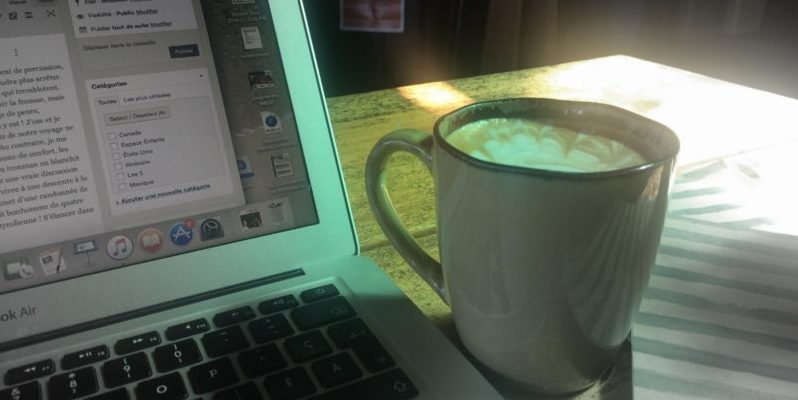Investing can be pretty frustrating sometimes. You can make a lot of “okay” and “good” trades to make some decent profit. But if you have some bad luck to pick a poor company, your whole portfolio can be damaged. I just wrote the word “luck” in an investment blog… man! I should have written “if you have the lack of discipline to deviate from your investing strategy!”. It is true that you might run into some bad luck when you select your own stocks. But most of the time, when a trade goes wrong, it’s because you haven’t followed your investment strategy. If you have followed this blog for a while, you probably know that I didn’t stick to my investment plan and I’m paying the price for it this year.
I recently published a rare guest post on this blog called The Big Miss. It was a very good article that mentions if you concentrate solely on avoiding the big miss (e.g. not gambling your money in the hopes of high returns), you will become a successful investor (or at least you won’t be losing your money stupidly! Hahaha!). You know already that I’ve lost a lot of money on my VNP trade. Out of curiosity, I wanted to see where my portfolio was when I looked at the overall picture starting at the beginning of the year. Here’s my YTD results (as at August 6th) (no proportions calculated).
Company Ticker YTD
Husky Energy HSE 5,58%
ScotiaBank BNS 2,02%
Jonhson & Jonhson JNJ 5,17%
Chevron CVX 5,25%
National Bank NA 3,43%
5N Plus VNP -60,22%
Coca-Cola KO 15,74%
Telus T 13,02%
Intel INTC 9,41%
Seagate Technology STX 92,03%
Average 9,14%
Average W/O STX -0,07%
Average W/O STX & VNP 7,45%
S&P 500 11,20%
NASDAQ 15,07%
S&T TSX -2,45%
Please note that I recently bought STX and therefore, I don’t have a stock showing 92% YTD in my portfolio. I didn’t calculate the real proportion as I just wanted to see how my stocks were performing compared to each other. The purpose of this exercise was to see how 1 stock can influence the overall result of the portfolio. This chart shows 10 stocks, 1 superstar (STX) and 1 incredibly bad stock (VNP). Let’s see what the numbers have to say:
The overall portfolio return is +9.14% (if you only do an average of all YTD returns). But things get interesting when you take off STX (after all, I only bought it a month ago). The investment return drops to -0.07%. If you look carefully at the chart, you’ll notice that I have only one losing position (VNP). The problem is the position lost 60% since the beginning of the year. If I take off my Big Miss, I get an overall portfolio return at 7.45% + dividends (which is over 3%). Then, the total return of this portfolio is over 10% if I count the dividend payout. Not too bad for an “amateur” ;-).
This small experience shows you, once again, the importance of selecting the right stock and not trying to hit a homerun with a risky stock pick. If I had stuck to a dividend investing strategy, I would be making some good money right now. In fact, all my trades are currently making money. It is true that I lost money on ZWB not so long ago but I used the proceeds to buy STX that has already recouped the loss from my previous trade.
I’ll be keeping VNP for the moment for 2 reasons:
a) The future looks brighter for the company (solar energy is going better than we think and First Solar, a major client, is going in the right direction after several speed bumps).
b) The forward P/E ratio is interesting and should reward patient investors.
For now, I just hope that my bad trade will eventually pick up. Since the rest of my portfolio is doing great, I just need this 1 stock to recover so it doesn’t scrap my entire account!








It would be interesting to know the weighting of each stock in your portfolio – that too can make a very significant impact on returns.